By Guest Author Aiden Bergam, Volunteer
Introduction by Rob Miller, IBO Research Biologist, GIS Specialist
“We at IBO are dependent upon many factors to successfully complete our work. In some cases such as our raptor trapping operations, we are dependent upon live lure animals (always invasive species) to lure in the native predators. We are also dependent upon eager volunteers to help with various aspects of our operations. This story is about merging these needs. How can we improve the health and well being of our lure animals, and can we do it by engaging our extensive volunteer community. I will let Aiden provide the details, but here is a win-win-win!
As a result of the work our operations were more efficient, our lure animals were healthier, safe, and comfortable, and we were able to provide a rewarding experience to our community.
Aiden Bergam
I suspect that this is not the last we will see of Aiden and the rest of his family!”–Rob Miller
Ever since I was little, I had my heart set on seeing a hawk up close. Whenever I saw a hawk, I was fascinated with it. Up until a few months ago, I thought the closest I would ever get to a bird of prey was at the Peregrine Fund’s World Center for Birds of Prey, as they sat behind the glass, or in the hands of the volunteers. Without my knowing, at the beginning of the summer my mom filled out a form notifying the Intermountain Bird Observatory (IBO) of our desire to volunteer. A couple of months later, IBO sent out an email, asking for volunteers that would be willing to make a pigeon enclosure for their Lucky Peak research banding station.
When my mom asked me if I wanted to commit to this project, I responded with a highly exuberant “Yes!”
Aiden Bergam
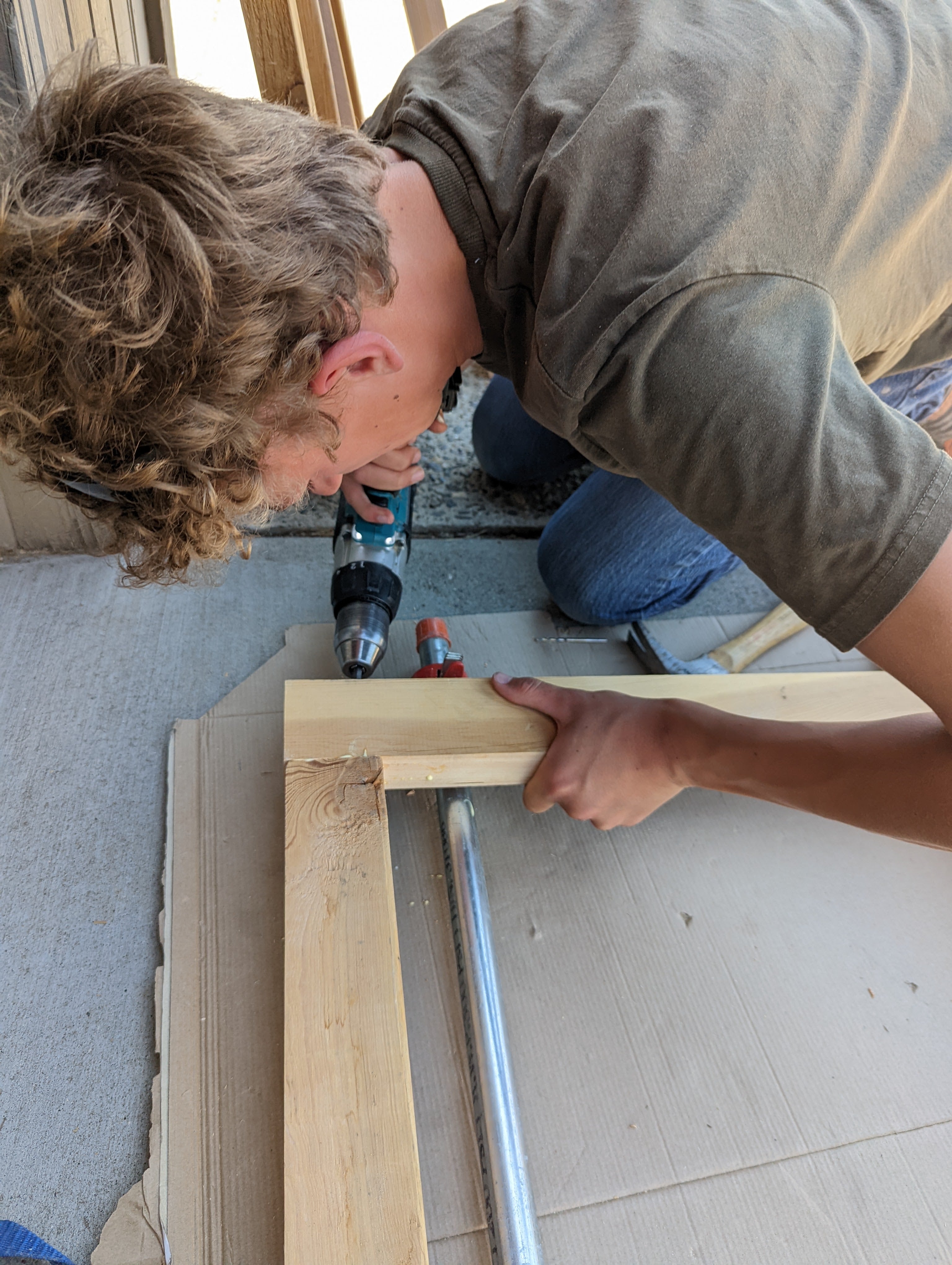
My grandfather has a developed workshop and knowledge of designing projects, and with his expertise we were able to start the project. We had to brainstorm how to meet all of IBO’s requirements (there were many), ask area businesses for donations, and complete the project before school started.

I had to memorize a speech and gained donations from Franklin Building Supply and Tractor Supply Company. We used wood, siding, and wire mesh, all given to us through the generosity of people at these businesses.
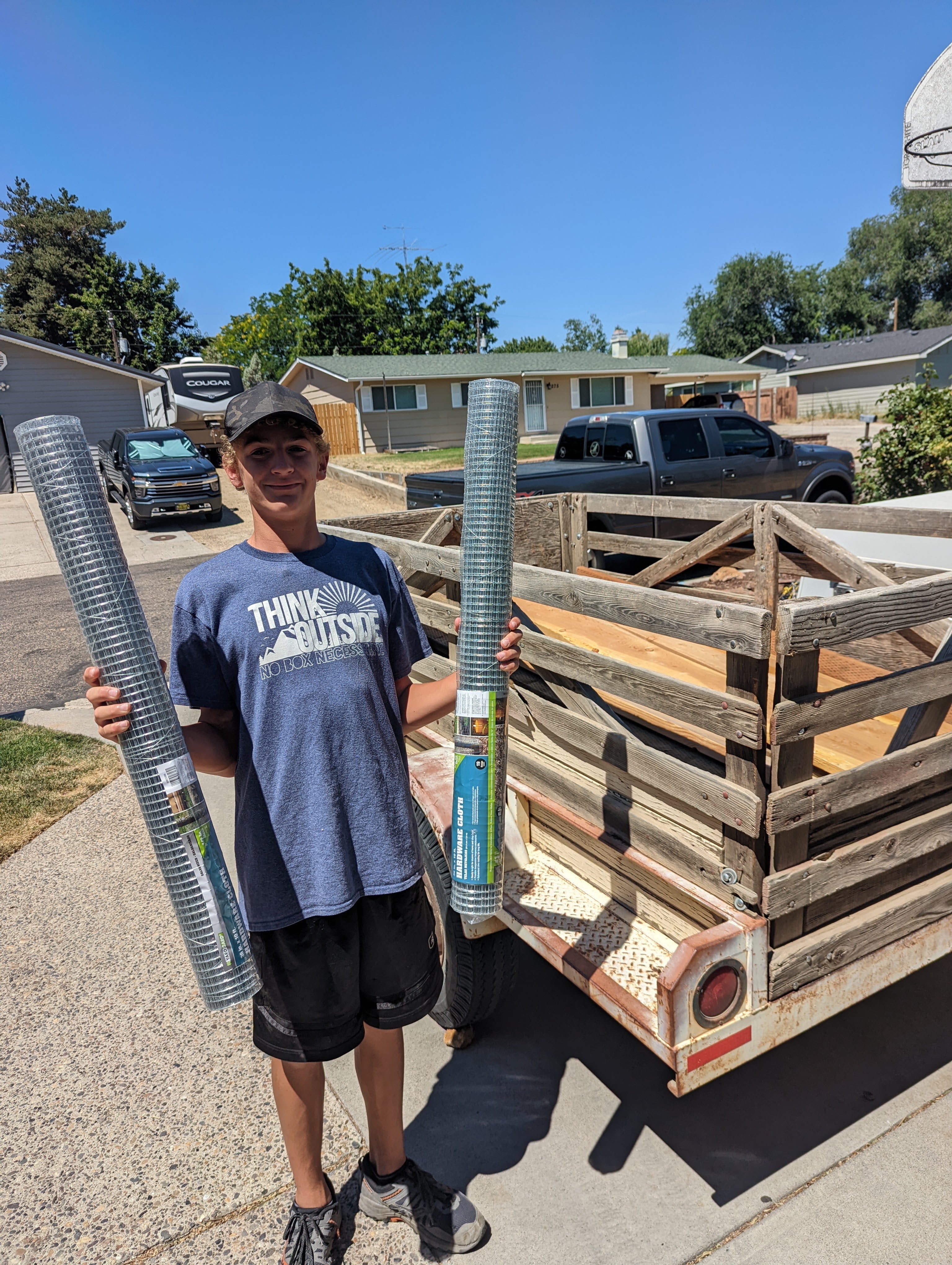
After days of construction, the enclosure was finally complete!
Aiden Bergam
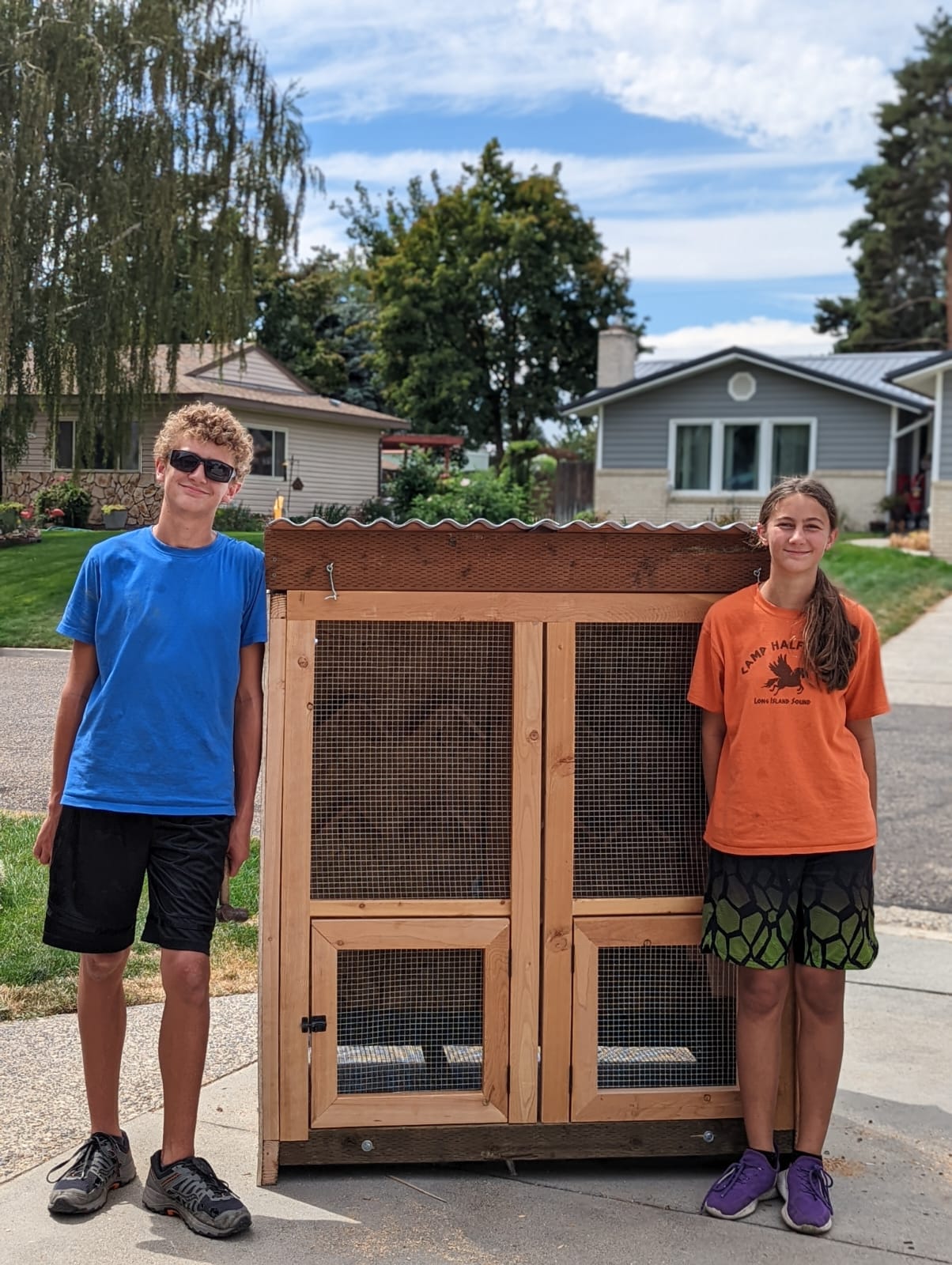
After handing off the finished product to the IBO, my family received a special invitation to head up to Lucky Peak to be involved with trapping and banding birds of prey. We stayed the night of my birthday to see if the owl crew would be able to trap any owls. The whole team was so amazing when we arrived.
They even decorated the wall tent we were staying in for my birthday!
Aiden Bergam
That night they did not trap any owls, yet the experience to see the process was still enjoyable. The next morning, we watched the songbird crew band not only songbirds, but also a Sharp-shinned Hawk and the first Steller’s Jay of the season.
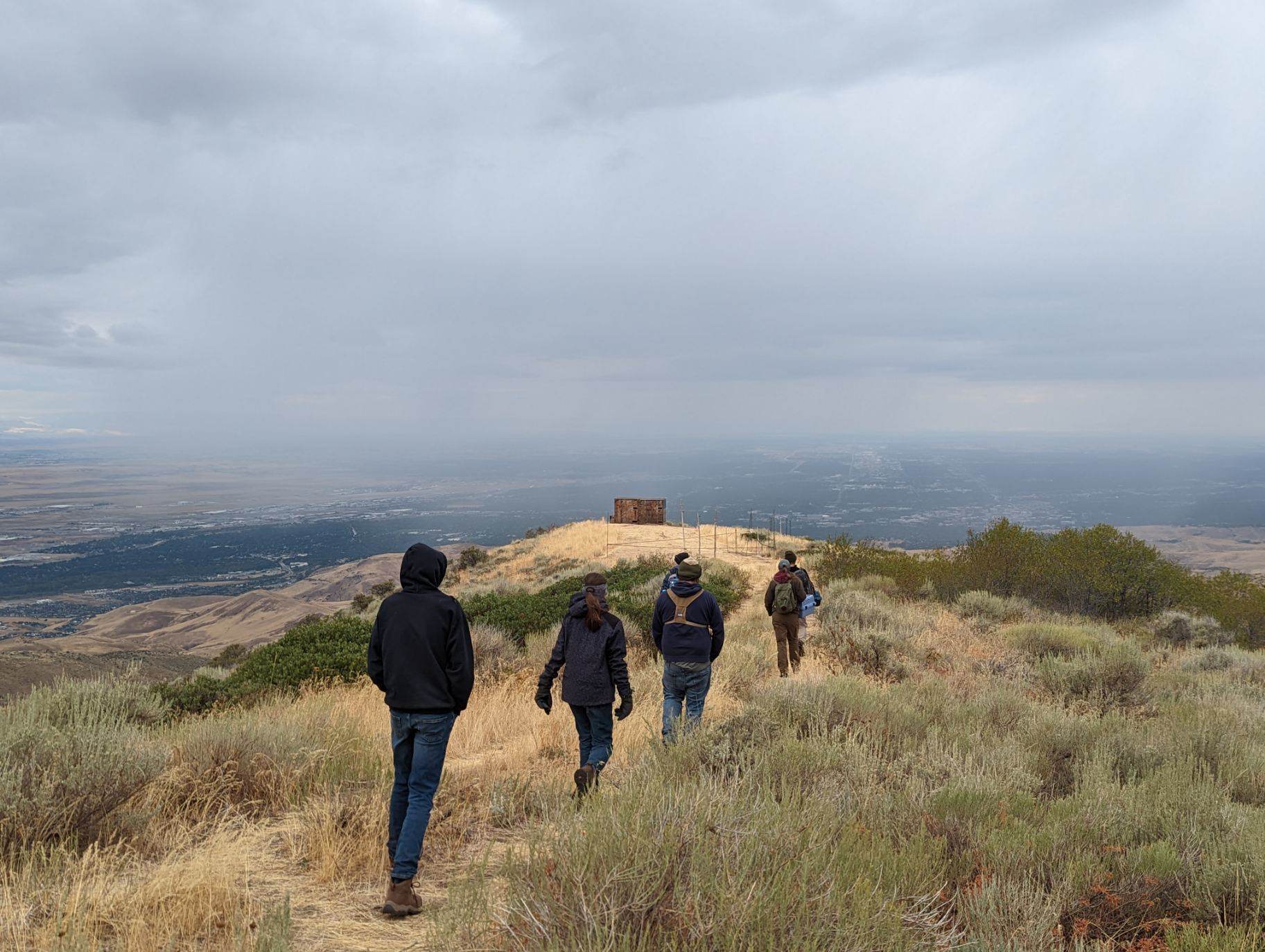
At about 10:30 A.M., Abbie, the raptor trapper for the day, invited us to come down to the hawk blind. But first, we stopped by the pigeon enclosure, which they had lovingly named “Le Chateau”, to pick up the brave pigeons that were to be used to lure raptors into the station that day.
I felt quite accomplished when I saw the pigeon enclosure in use, as we had poured a lot of time and effort into it!
Aiden Bergam

My sister Kayla and I watched them set up the traps and organize the station before the trapping could begin. As we waited patiently in the blind, they taught us the process of noticing birds of prey, where to look, and area landmarks to reference as we kept our eyes to the sky.

The crew was so knowledgeable about these birds and informed us of many interesting facts. One of the most interesting things I learned was that the Sharp-Shinned hawk will injure it’s keel while chasing prey through the branches. It was also interesting that you can identify species and sex based on the diameter of their legs.
The first bird we trapped was a female Cooper’s Hawk. When it was time to release her, I was finally able to come into contact with my first bird of prey.
I was so excited to be able to fulfill a lifelong dream!
Aiden Bergam
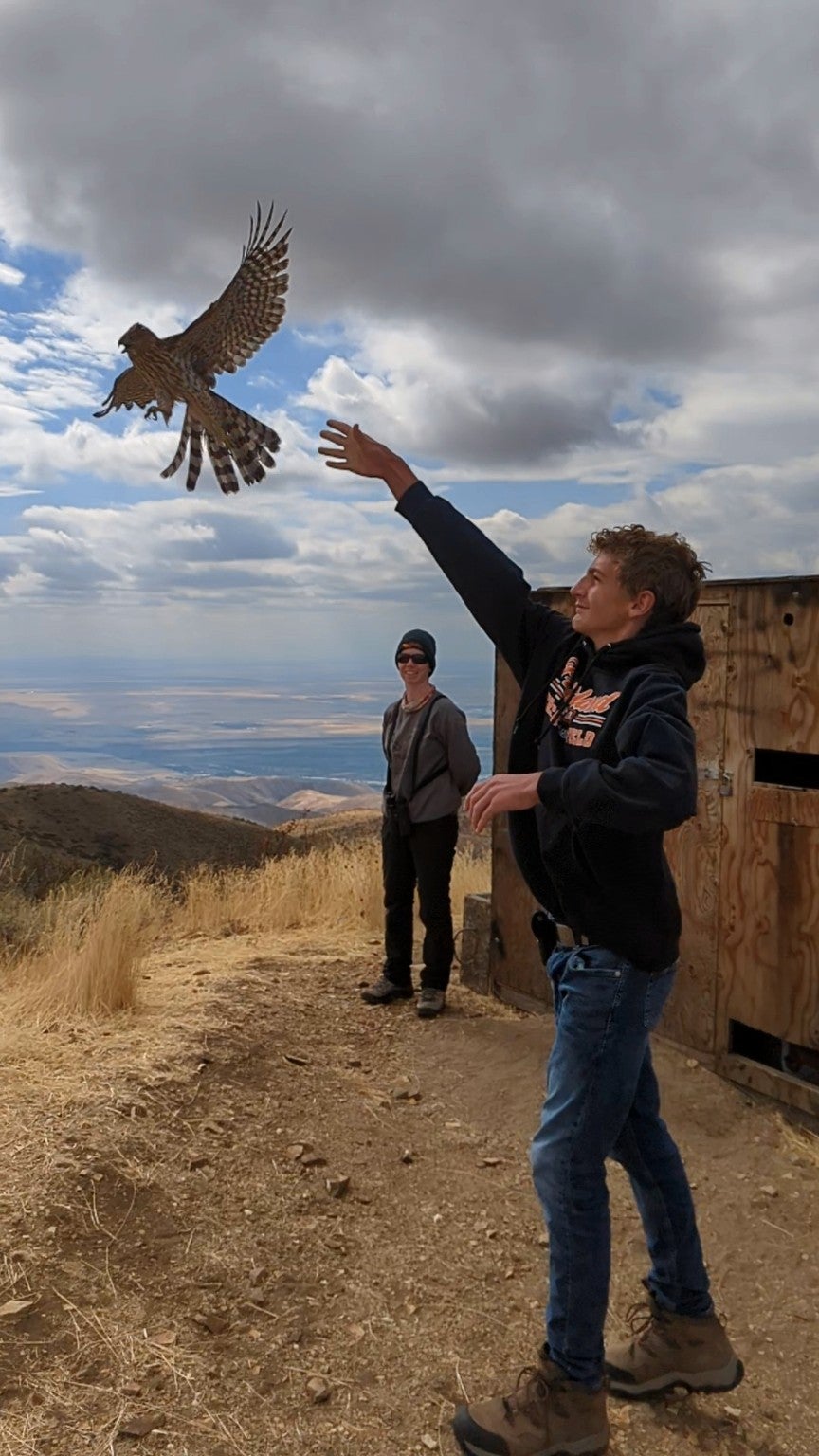
I could not believe I was finally able to touch a hawk. The biologists taught me how to hold it to keep not only the bird safe, but to also keep me safe.
To feel so much strength packed into such a small body, was something I never thought I would experience.
Aiden Bergam
I was expecting it to be more aggressive and loud, refusing to be held. However, it was calm, calculating, and would hold your gaze.

For the rest of the day, Abbie was able to skillfully draw in almost any hawk, while both Jerimiah and Emma gathered and recorded information, such as length of wing, length of tail, age, and whether or not the bird had parasites. It was a slow day for them, with only five female Cooper’s Hawks, but to me it was everything I could have dreamed of! –Aiden Bergam
This article is part of our 2022 end of the year newsletter! View the full newsletter here, or click “older posts” to read the next article.
Make sure you don’t miss out on IBO news! Sign up to get our email updates.